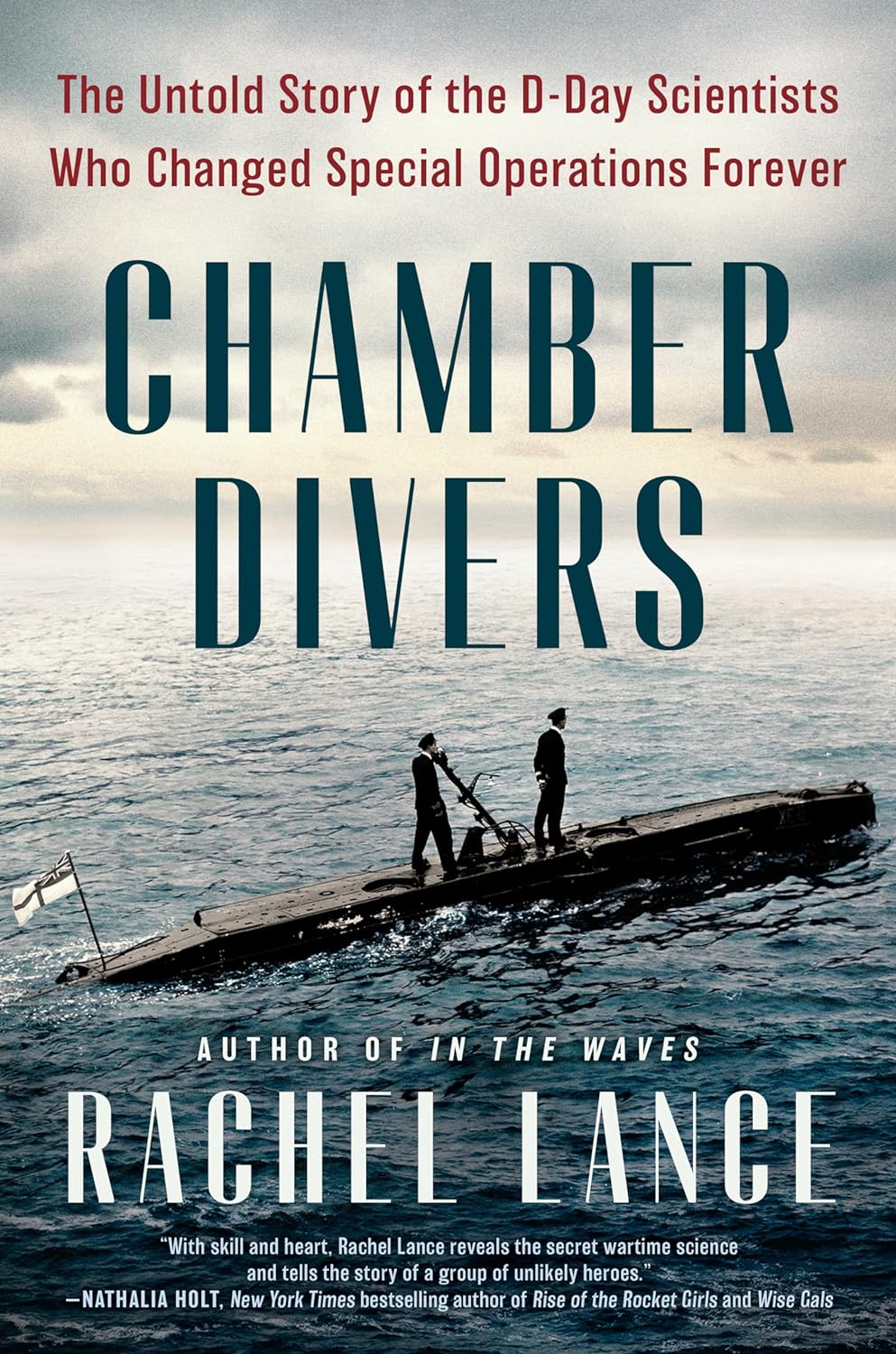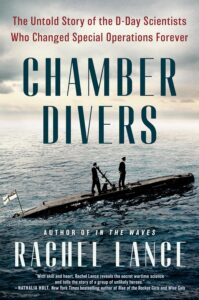‘Chamber Divers’: The Untold Story of the D-Day Scientists Who Changed Special Operations Forever

The previously classified story of the eccentric researchers who invented cutting-edge underwater science to lead the Allies to D-Day victory
In August 1942, more than 7,000 Allied troops rushed the beaches of Normandy, France, in an all but-forgotten landing. Only a small fraction survived unscathed. It was two summers before D-Day, and the Allies realized that they were in dire need of underwater intelligence if they wanted to stand a chance of launching another beach invasion and of winning the war.
Led by the controversial biologists J. B. S. Haldane and Dr. Helen Spurway, an ingenious team of ragtag scientists worked out of homemade labs during the London Blitz. Beneath a rain of bombs, they pioneered thrilling advances in underwater reconnaissance through tests done on themselves in painful and potentially fatal experiments. Their discoveries led to the safe use of miniature submarines and breathing apparatuses, which ultimately let the Allies take the beaches of Normandy.
Blast injury specialist Dr. Rachel Lance unpacks the harrowing narratives of these experiments while bringing to life the men and women whose brilliance and self-sacrifice shaped the outcome of the war, including their personal relationships with one another and the ways they faced skepticism and danger in their quest to enable Allied troops to breathe underwater.
The riveting science leading up to D-Day has been classified for generations, but Chamber Divers finally brings these scientists’ stories—and their heroism—to light.
Get your copy of Chamber Divers today!
